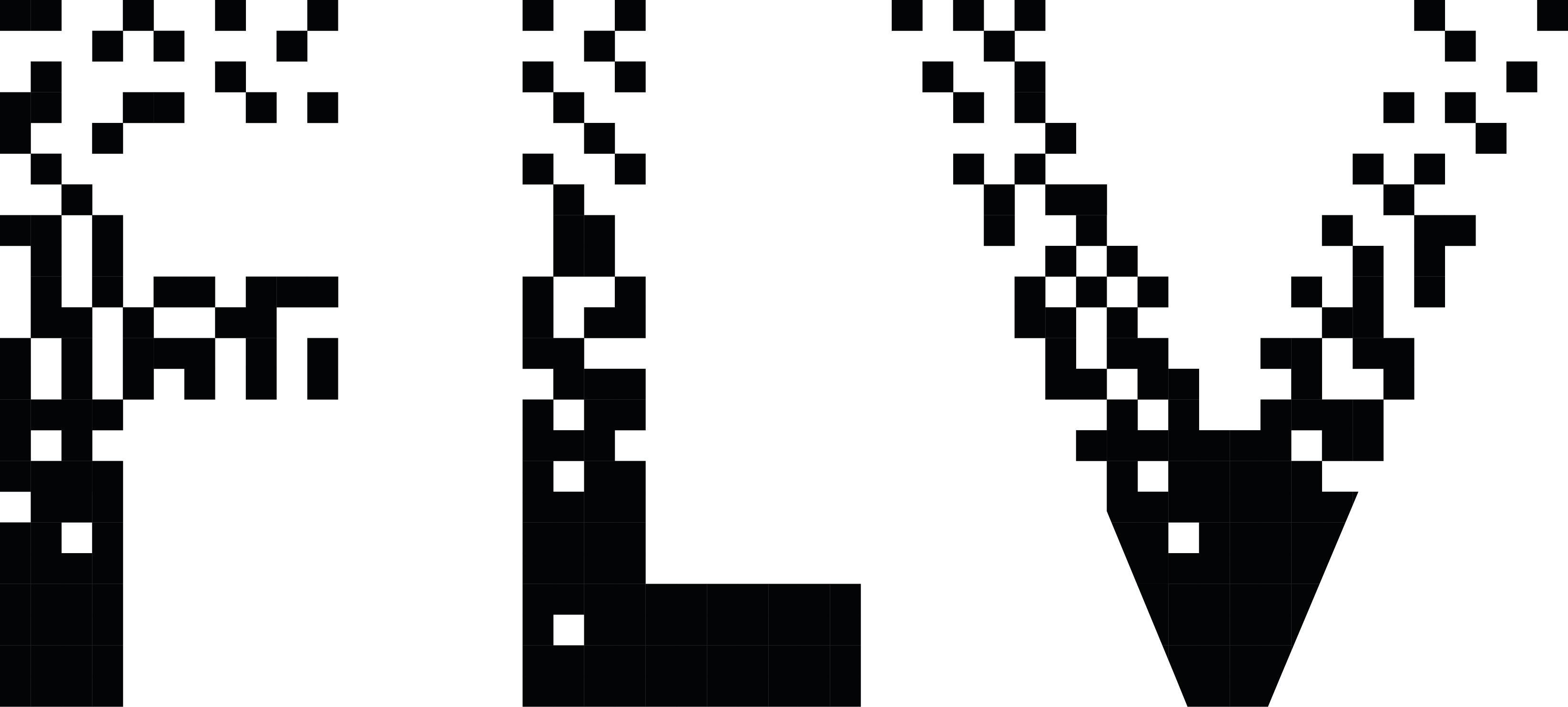GERHARD RICHTER
From October 17, 2025 to March 2, 2026, the Fondation Louis Vuitton will present a major retrospective of works by Gerhard Richter — one of the most influential contemporary artists — born in Dresden in 1932. He fled East Germany for Düsseldorf in 1961 before settling in Cologne, where he currently lives and works.
Continuing its tradition of landmark monographic exhibitions devoted to leading figures of 20th and 21st-century art — including Jean-Michel Basquiat, Joan Mitchell, Mark Rothko, and David Hockney — the Fondation Louis Vuitton will dedicate all its galleries to Gerhard Richter, widely regarded as one of the most important and internationally celebrated artists of his generation.
Gerhard Richter was featured in the inaugural presentation of the Fondation Louis Vuitton in 2014, with a group of works from the Collection. Now, the Fondation Louis Vuitton is honoring the artist with an exceptional retrospective — unmatched both in scale and in chronological scope — featuring 270 works stretching from 1962 to 2024. The exhibition includes oil paintings, glass and steel sculptures, pencil and ink drawings, watercolors, and overpainted photographs. For the first time, an exhibition will offer a comprehensive view of over six decades of Gerhard Richter's creation.
Gerhard Richter has always been drawn to both subject matter and the very language of painting — a field of experimentation whose boundaries he has continually pushed, avoiding any singular categorization. His training at the Dresden Academy of Fine Arts led him to engage with traditional genres such as still life, portraiture, landscape, and history painting. His desire to reinterpret these genres through a contemporary lens lies at the heart of this exhibition. Regardless of subject, Richter never paints directly from nature or from the scene before him: every image is filtered through an intermediary medium — through a photograph or a drawing — from which he constructs a new, autonomous work. Over time, he has explored an extraordinary range of genres and techniques within painting, developing various methods of applying paint to canvas — whether with a brush, a palette knife, or a squeegee.
The exhibition brings together many of Richter's most significant works up to his decision in 2017 to stop painting, while continuing to draw. Presented in chronological order, each section spans approximately a decade and traces the evolution of a singular pictorial vision — one shaped by both rupture and continuity — from his early photo-based paintings to his final abstractions.
THE EXHIBITION ITINERARY BY DIETER SCHWARZ AND NICHOLAS SEROTA
Gallery 1: 1962–1970 — Painting from Photographs: Photography as a Source of Imagery
From the outset, Richter's choice of subject matter was complex, on the one hand, seemingly mundane images sourced from newspapers; on the other, family photographs tied to his own past — such as Uncle Rudi and Aunt Marianne —and to the shadows of German history, as seen in Bombers. Already in the mid-1960s, Richter was challenging the conventions of illusionistic painting with sculptures such as Four Panels of Glass and his first Color Charts. In his Cityscapes, he experimented with a pseudo-expressionist impasto technique, while in his Landscapes and Seascapes, he revisited traditional genres, reinterpreting them through the intermediary of photography and challenging their painterly conventions.
Gallery 2: 1971–1975 — Investigating representation.
The 48 Portraits, painted for the 1972 Venice Biennale and a true tour de force, mark the beginning of a new chapter in which Richter interrogates the nature of painting in multiple ways: through the use of his signature blur technique (Vermalung); the progressive copying and dissolution of a Titian Annunciation; the random distribution of color in the large Color Charts; and the rejection of representation and expression in the Grey Paintings.
Gallery 4: 1976–1986 — Exploring abstraction.
During this decade, Richter laid the foundations of his distinctive approach to abstraction: enlarging watercolor studies, examining the painted surface, and making the brushstroke itself the subject of a painting (Strich). At the same time, he painted the first portraits of his daughter Betty and continued exploring traditional subjects such as landscape and still life.
Gallery 5: 1987–1995 — Sombre reflections.
Motivated by a profoundly skeptical view of artistic and social change, Richter painted the October 18, 1977 series — exceptionally on loan from MoMA — his only body of work that explicitly refers to recent German history. During this period, he also produced some of his most striking and somber abstract works. Returning to the theme of his early family paintings, Richter created the Sabine mit Kind series.
Galleries 7 and 9: 1996–2009 — New perspectives in painting: chance.
In the late 1990s, Richter entered a highly productive period, spanning small figurative and abstract works, the austere Silikat series, experiments with chance that culminated in 4900 Colors, and the meditative Cage Paintings, a tribute to composer John Cage.
Galleries 9 and 10: 2009-2017 - Final Paintings.
Richter surprised audiences by abandoning painting for several years to experiment with glass works and digitally generated Strip images. He returned to painting with Birkenau, a group of works inspired by four photographs taken inside a Nazi extermination camp. The final room of paintings presents his last masterful abstract canvases completed in 2017, after which Richter's attention has focused on the
drawings shown in Gallery 11.
Sculpture appears at key points throughout the exhibition, and three rooms dedicated to watercolors, drawings and overpainted photographs provide an interlude and change of pace in the 1970s and 1990s, while illustrating the artist's ongoing concerns since he stopped painting in 2017.
Curators
Dieter Schwarz and Nicholas Serota
Cover : Gerhard Richter, Gudrun (detail),1987
Oil on canvas
Collection Fondation Louis Vuitton, Paris
© Gerhard Richter 2025 (18102025)

